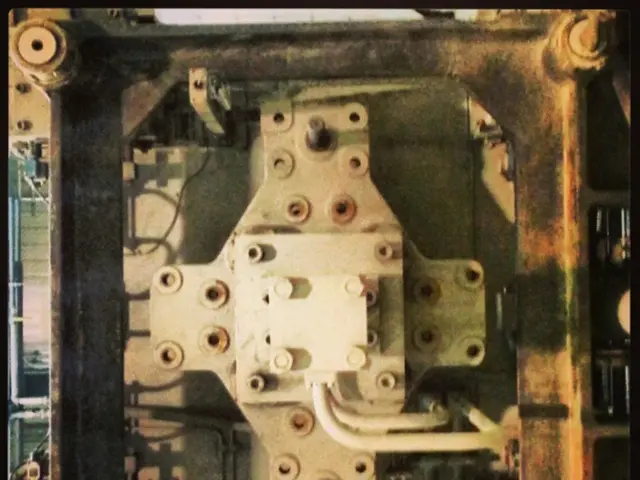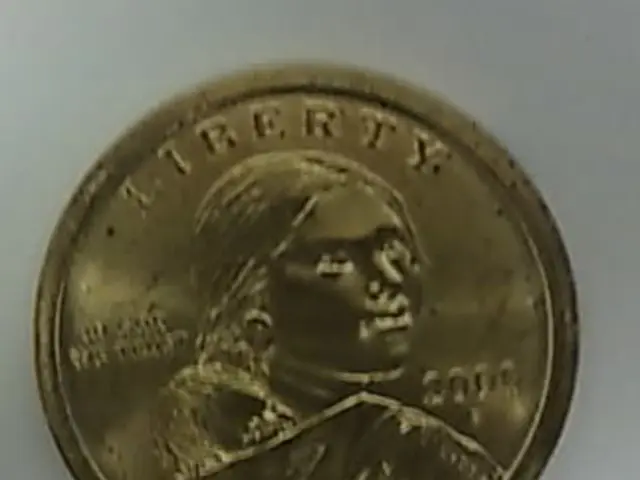The German automobile sector requires advancement in environmentally friendly steel production
The environmental organizations Transport & Environment (T&E) and Lead the Charge have recently published a ranking of the use of green steel in the European automotive industry. The ranking evaluated 18 global automotive manufacturers based on transparency, target setting, and concrete measures to decarbonize their steel supply chains.
Volvo leads the ranking by a wide margin, publishing model-specific CO2 data for its steel supply chain and setting ambitious goals for the use of green and recycled steel. The Swedish manufacturer outperforms the industry average fourfold in the use of green steel, with a target of using 50 percent low-CO2 steel by 2030.
On the other hand, German automakers such as BMW have set targets aiming for around 50% use of recycled or 'green' steel materials per vehicle by 2030, though overall the German auto industry shows significant need for improvement in adopting green steel compared to leaders like Volvo. BMW has signed purchase agreements with Salzgitter and Stegra and aims to gradually increase the share of secondary steel to up to 50 percent by 2030.
Mercedes-Benz ranks second but lags far behind Volvo in the use of green steel. The German manufacturer has signed concrete contracts for CO2-reduced steel and financially supports the Swedish steel startup Stegra, but lacks clear, published data on the actual share of green steel in its total steel demand. In contrast, Mercedes does not provide transparent information on progress in using recycled steel.
Tesla discloses detailed Scope 3 emissions from its steel supply chain, placing it among the top performers. However, the company's ranking is lower than Volvo due to a lack of model-specific CO2 data and ambitious targets for green steel.
Stellantis is the bottom performer, significantly pulling down the EU average with less than 3 percent benchmark fulfillment. T&E proposes a 30 percent recycling quota for steel from 2030 under the EU End-of-Life Vehicles Regulation and suggests mandatory disclosure of steel emissions per model to increase transparency in the market.
The environmental organizations also call on the European Commission to introduce clear legal requirements for the use of green steel in new vehicles. T&E proposes a unified EU label for green steel to create transparency in the market and set a standard for the industry.
Lars Andersen, manager for green steel at T&E Germany, has stated that there is still a lot to do to reduce CO2 emissions in car production. He commends Volvo for setting the bar for the industry by clearly setting targets for green steel and disclosing steel-based CO2 emissions for each new electric car. German manufacturers will have to measure up in the future.
In 2023, two-thirds of automotive manufacturers scored zero points in the comparison ranking. In the current ranking, less than one-third of automakers achieve a score of zero. The ranking serves as a call to action for the European automotive industry to adopt green steel and reduce their carbon footprint in the production process.
Read also:
- Deepwater Horizon Oil Spill: BP Faces Record-Breaking Settlement - Dubbed 'Largest Environmental Fine Ever Imposed'
- Cars' Environmental Impact Explained
- Fossil fuels remain the primary energy source for heating in Baden-Württemberg
- Expansion of railway systems, implementation of catenary systems, and combating fires: SNCF adapting to the summer heatwave








